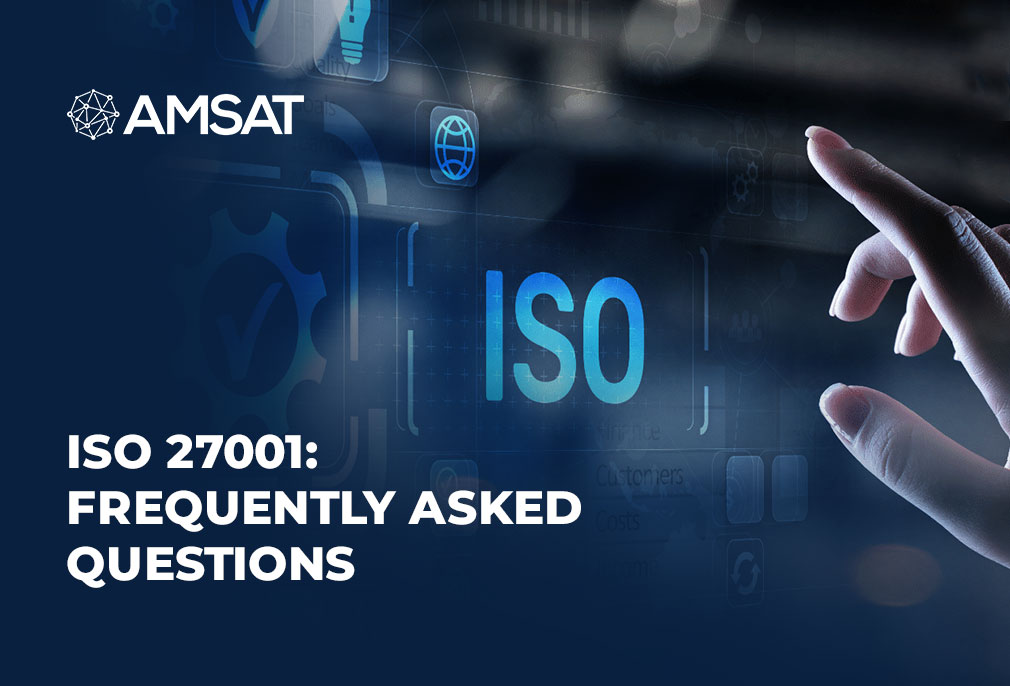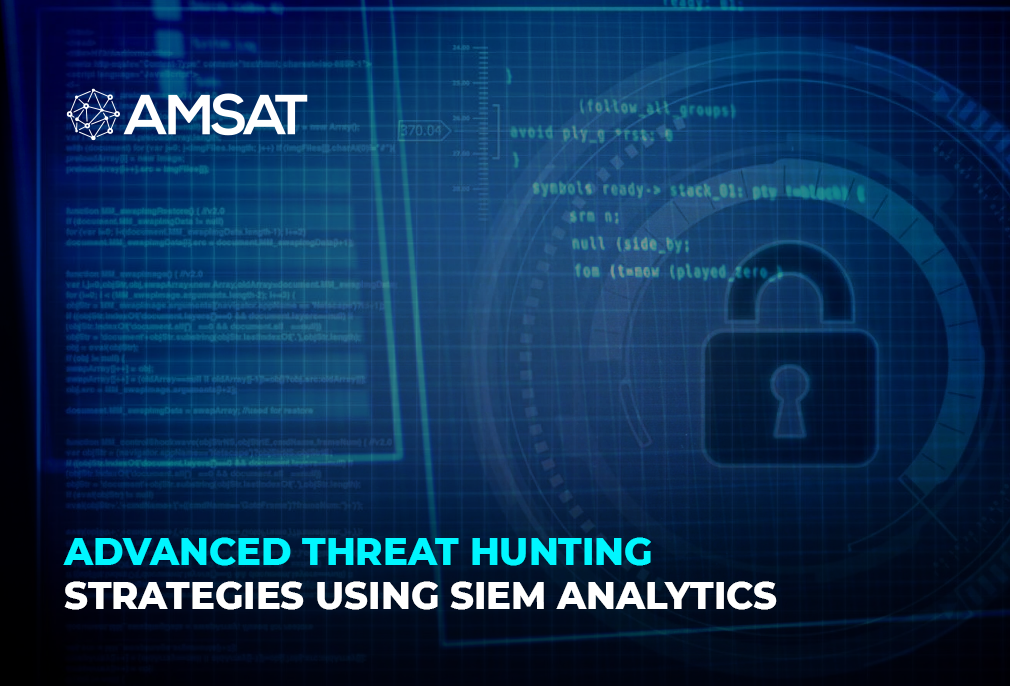Latest Blogs

By AMSAT Mar 08,2022
Here are some common frequently asked questions about ISO 27001 and ISO 27701
How long does it take to get ISO 27001 certification?
There are several factors that can determine how long it takes. The certification’s scope, which includes factors like the size of the business, the quantity and complexity of processes, the number of sites, and the number of people, is significant. And then the maturity of the information security capability and knowledge already within the organization.
In general, as the size and complexity of a project grows, so does the amount of time and work required. The process may also be speedier if the firm already has experience of management system standards, such as ISO 9001 Quality. Projects that are well-run and with experienced employees can take 2 to 3 months, but it is not uncommon for them to take up to 6 months. In ideal conditions, the business will have a fully operational management system in place prior to the audits.
Who can issue ISO 27001 certification?
ISO 27001:2013 certificates can only be issued by Certification Bodies (CBs) that have been accredited to ISO 27001:2013. You can search the UKAS directory of accredited CBs to verify if a CB is accredited to a specific standard.
To better understand how CBs are able to issue certificates, an explanation of the global accreditation structure is necessary.
CBs are organizations that have been approved to issue certificates to businesses. There are several CBs in various nations, and all certifications issued by certified CBs are worldwide recognized due to the international accreditation regime.
What are the 14 domains of ISO 27001?
A.5 Information security policies
A.6 Organization of information security
A.7 Human resource security
A.8 Asset management
A.9 Access control
A.10 Cryptography
A.11 Physical and environmental security
A.12 Operations security
A.13 Communications security
A.14 System acquisition, development and maintenance
A.15 Supplier relationships
A.16 Information security incident management
A.17 Information security aspects of business continuity management
A.18 Compliance
Does ISO 27001 cover cyber security?
It’s difficult to tell the difference between information technology and cyber technology. Information is processed by the underlying technology in practically every cyber scenario in order to provide cyber services. As a result, the phrases information security and cyber security are frequently confused. And the fact that the core security principles are the same for both adds to the picture.
ISO27001:2013 is widely regarded as the industry standard for information security, with firms from every sector using it to enhance and demonstrate their security procedures around the world.
Consider the big online providers of cyber services, such as Microsoft and Google, which both hold ISO 27001 certificates.
Therefore, ISO 27001 does cover cyber security, and provides a framework for addressing both cyber and information security threats.
Does ISO 27001 cover GDPR?
Personal data is a sort of information that is covered by GDPR. ISO 27001 is a standard for information security. In the context of GDPR, a firm certified to ISO 27001 will have examined the security threats to the personal data it handles. In this regard, ISO 27001 is a measure of GDPR Article 5.1 (d), (e), and (f), as well as Article 32. (Security of processing).
ISO 27701 must be implemented in addition to ISO 27001 to provide full coverage of GDPR insofar as it relates to an organization’s processing activities and as a means of showing compliance. This is a privacy information management system that is added to ISO 27001 as an add-on.
Is it possible for an individual to be ISO 27001 certified?
No. Organizations are the only ones that can be certified. However, this does not rule out the possibility of a single trader business becoming registered, as long as the firm, not the individual, is certified.
What is the difference between ISO 27001 and ISO 27002?
The International Organization for Standardization (ISO) 27001 defines the standards for an information security management system. This includes the necessity to take into account 114 industry-standard security controls listed in ISO 27001’s Annex A.
ISO 27002 specifies how to apply each of the controls listed in ISO 27001 Annex A. They are a very useful elaboration of the Annex A control requirement, and they provide businesses with industry best practice security guidelines.
Organizations can be ISO 27001 certified, but not ISO 27002.
Why was ISO 27701 developed?
ISO 27001 defines an ISMS as a management framework for identifying, analyzing, and mitigating information security risks. The crucial thing to remember is that it guarantees that your security measures are fine-tuned to your business – it doesn’t drive the business; rather, it enables it – to keep up with changes in security threats, vulnerabilities, and business repercussions.
There’s no guarantee that data protection demands are appropriately considered, regardless of the maturity of an existing ISMS, especially after the introduction of laws with privacy standards, such as GDPR. Existing ISO 27001 certificates enable firms to verify that they have implemented information security measures, but data protection necessitates going a step further. ISO 27701 paves the way for the next stage.
TAGS
- Cyber Crime
- Security Updates
Recent Blogs
Ready to Get Started?
Our specialists are ready to tailor our security service solutions to fit the needs of your organization.









